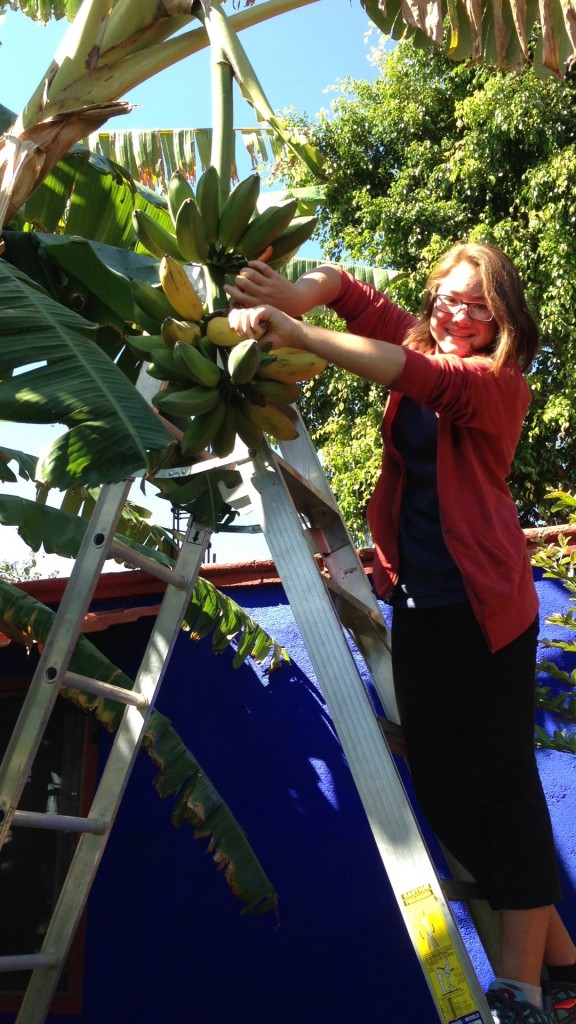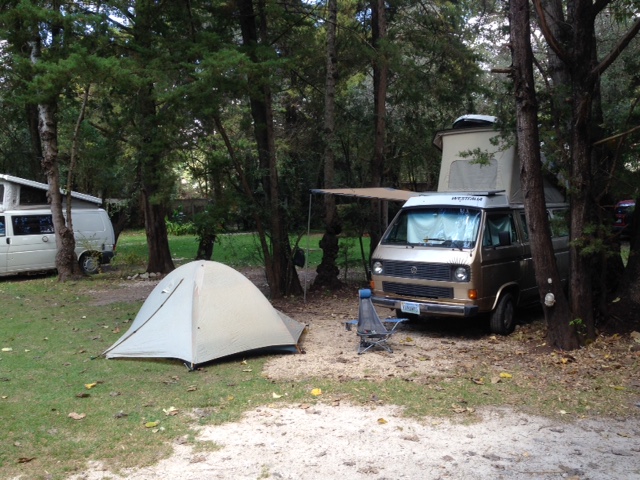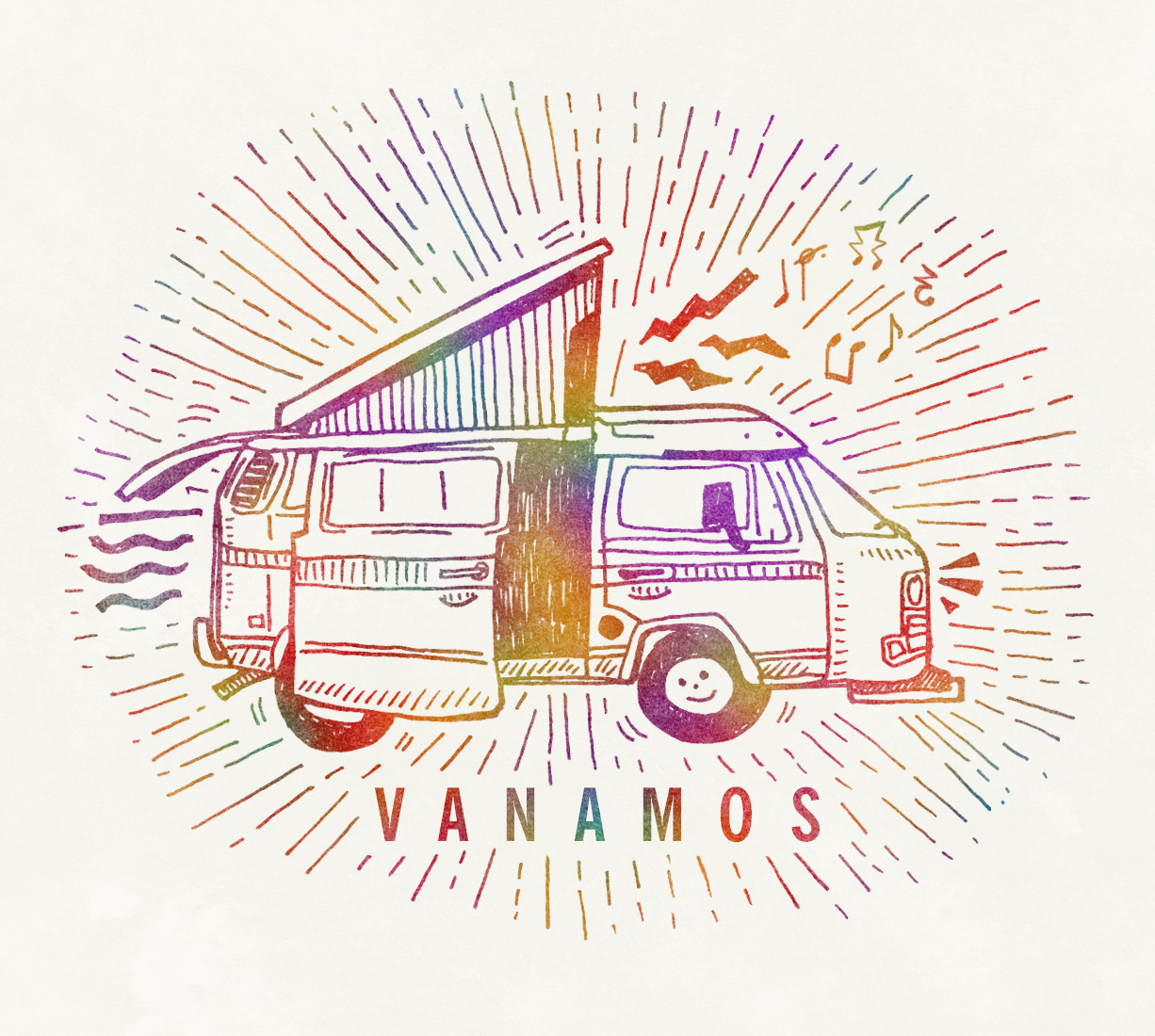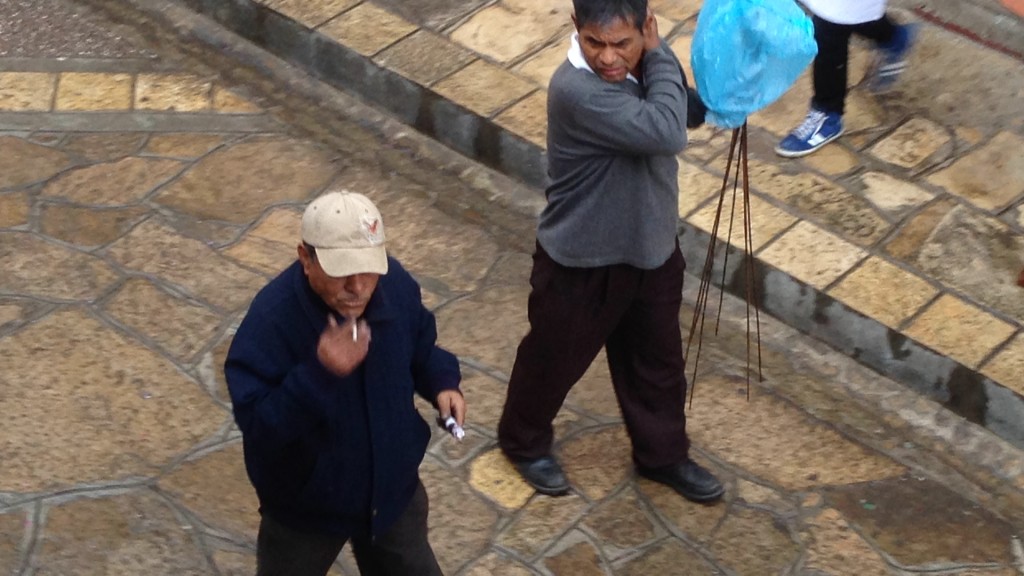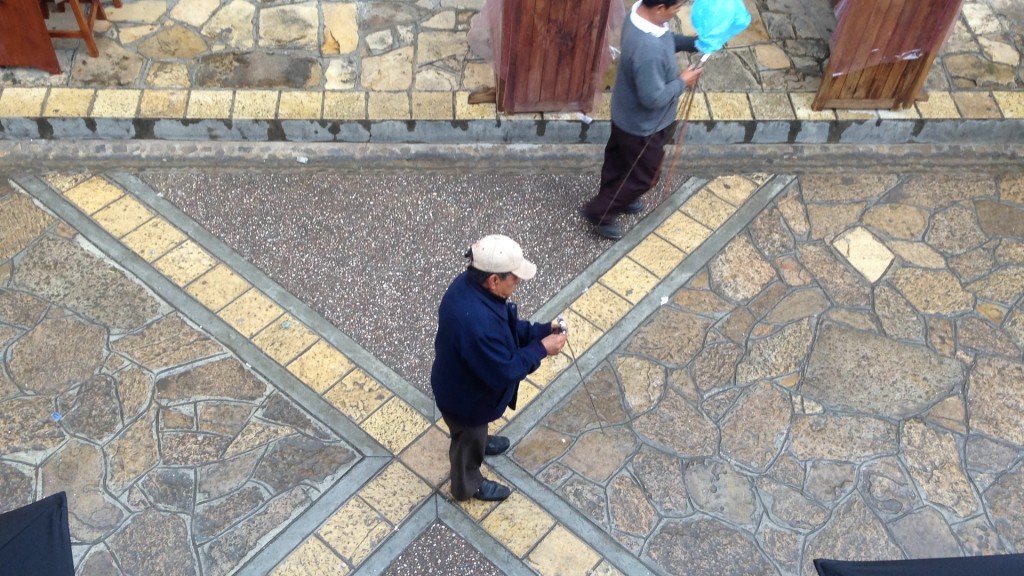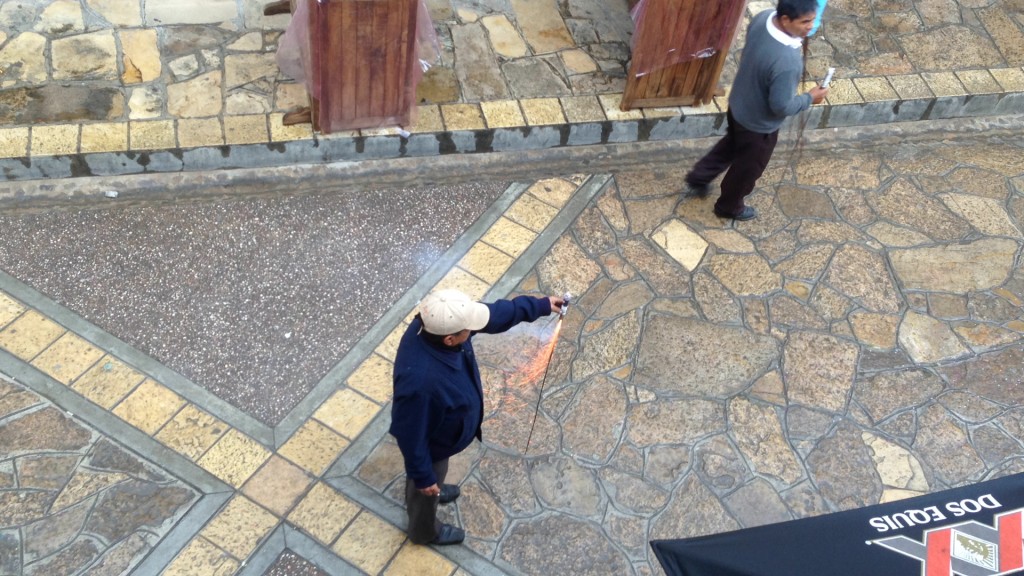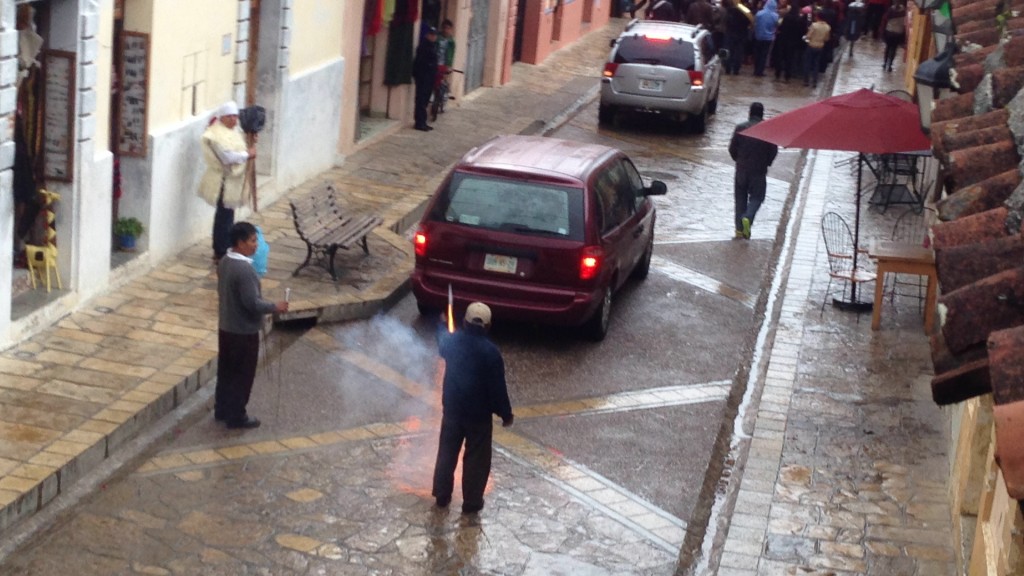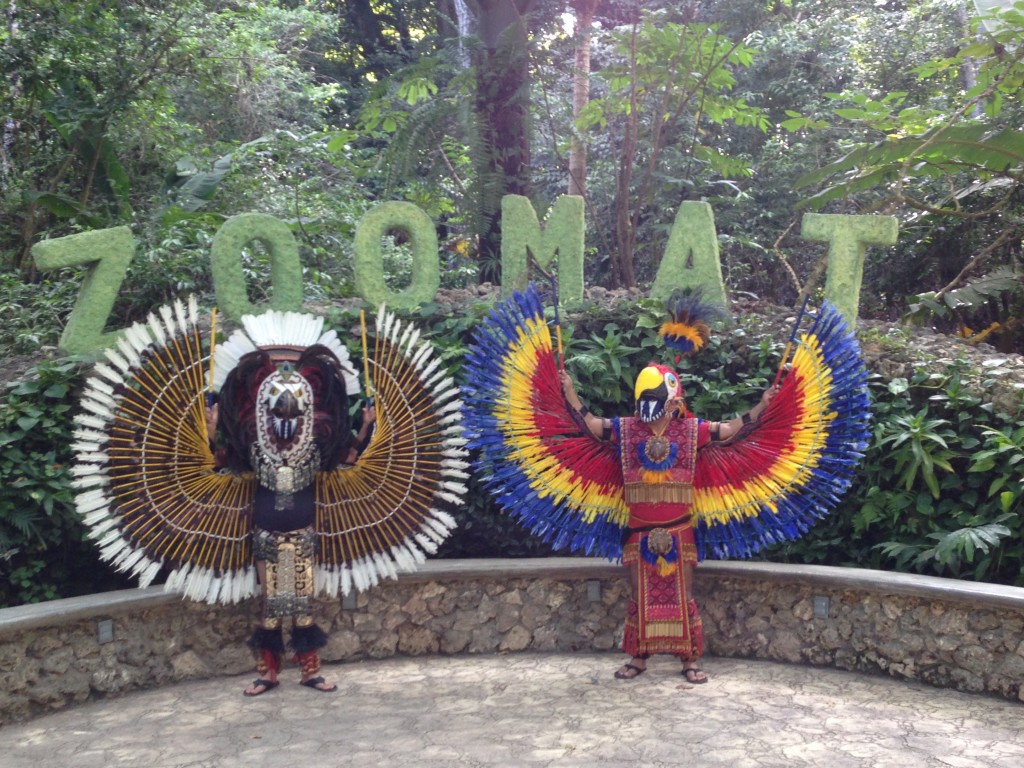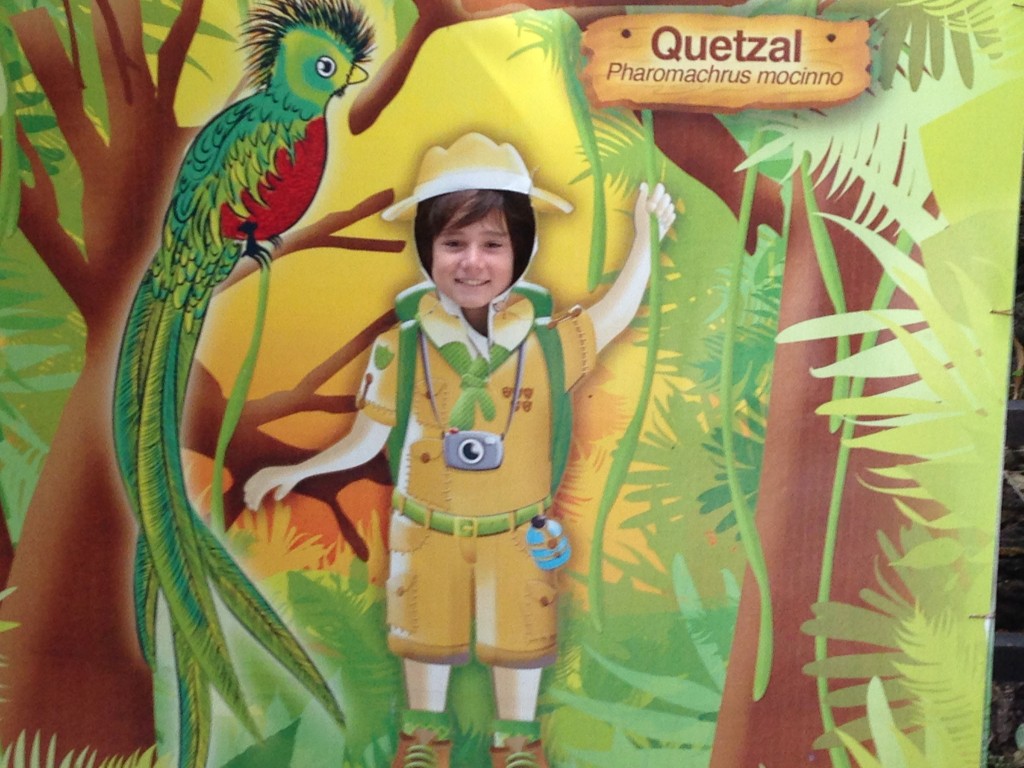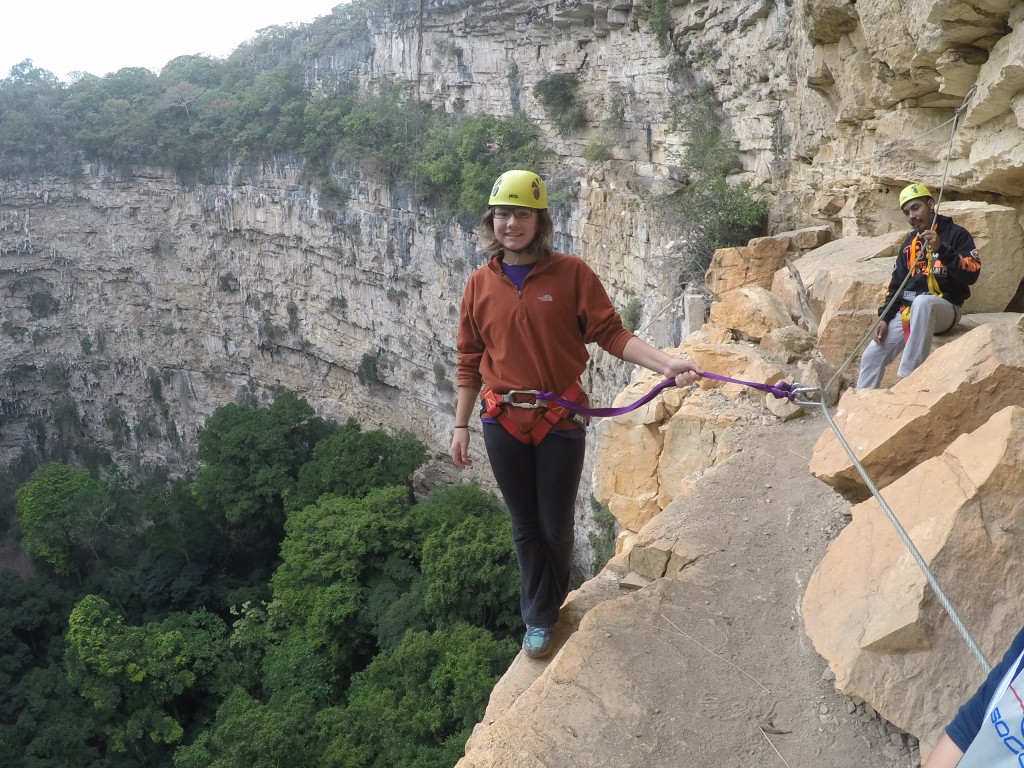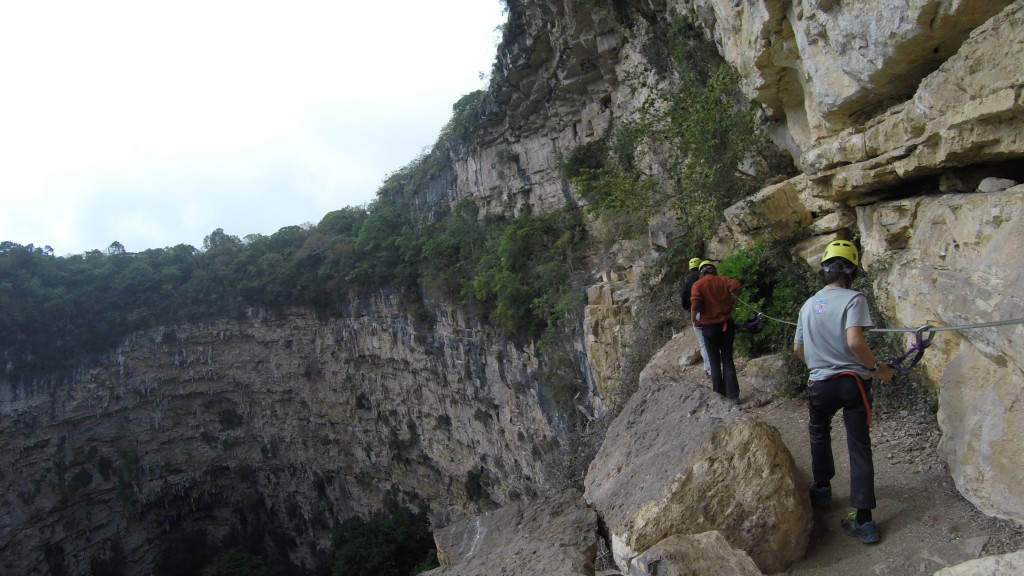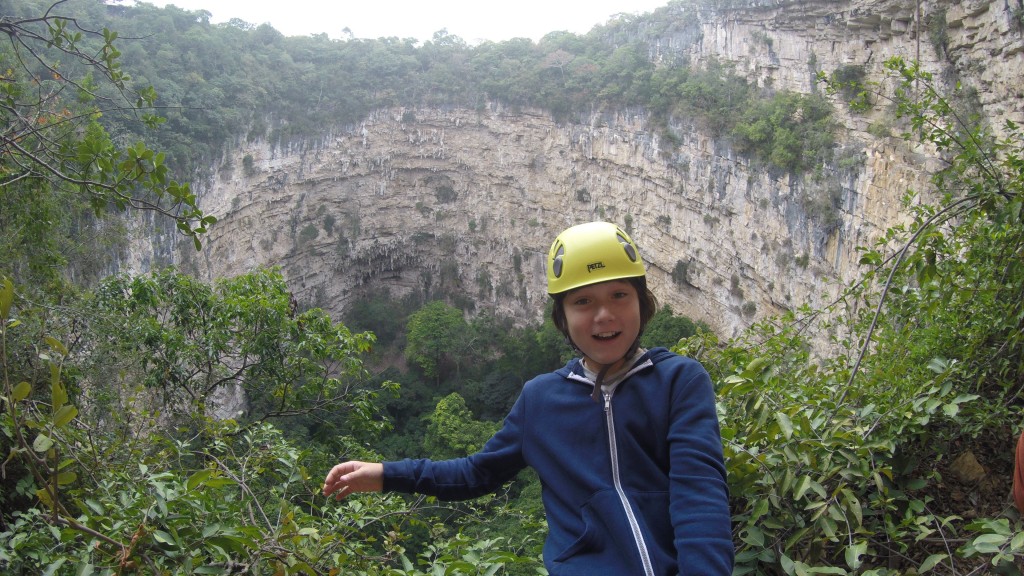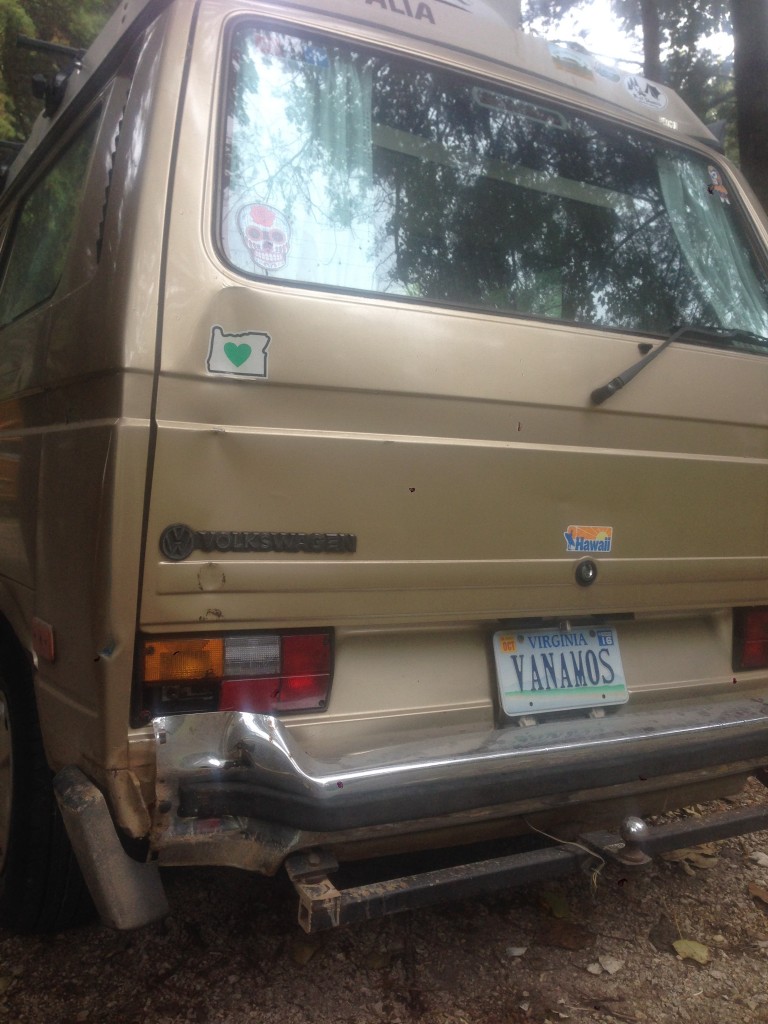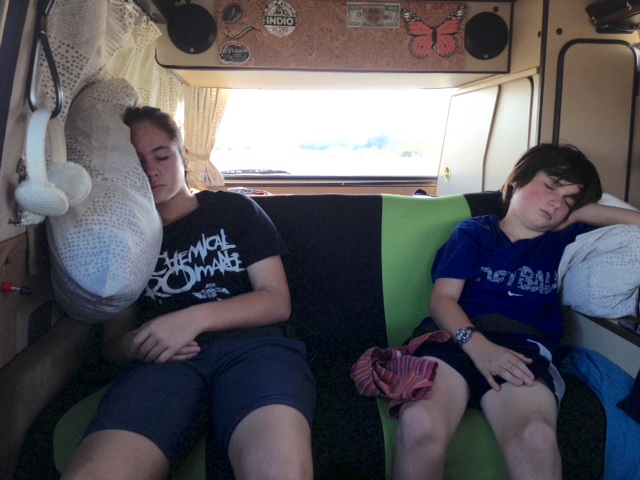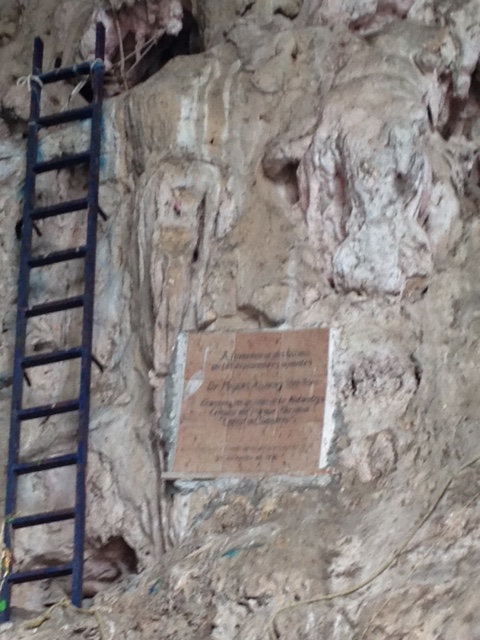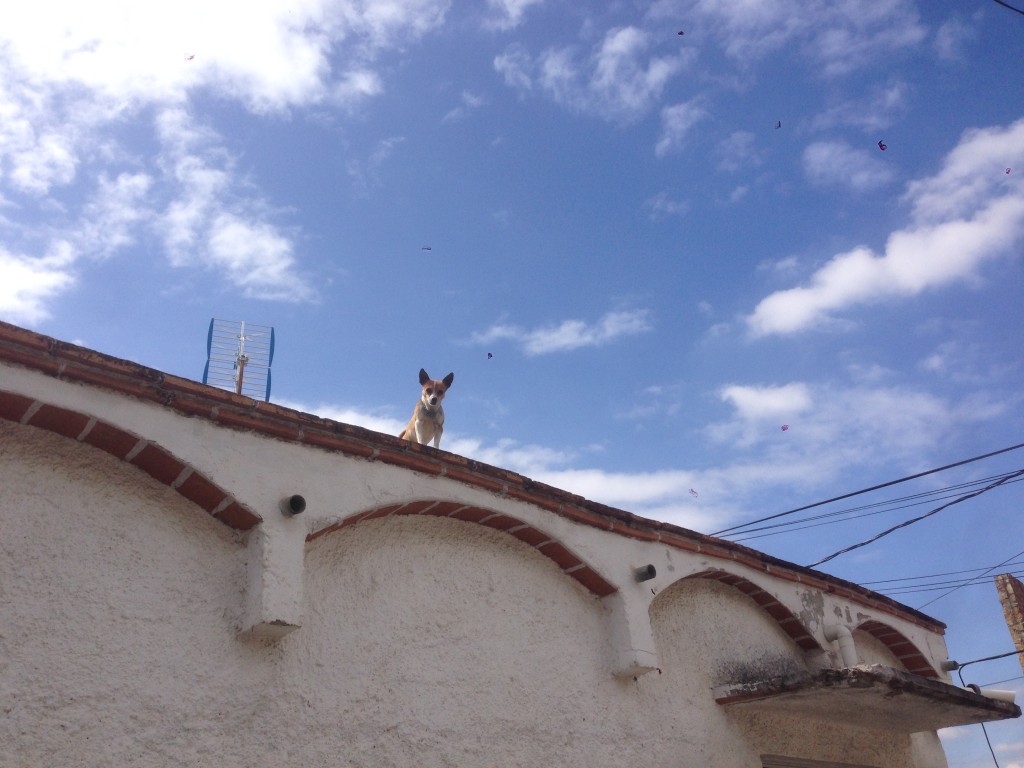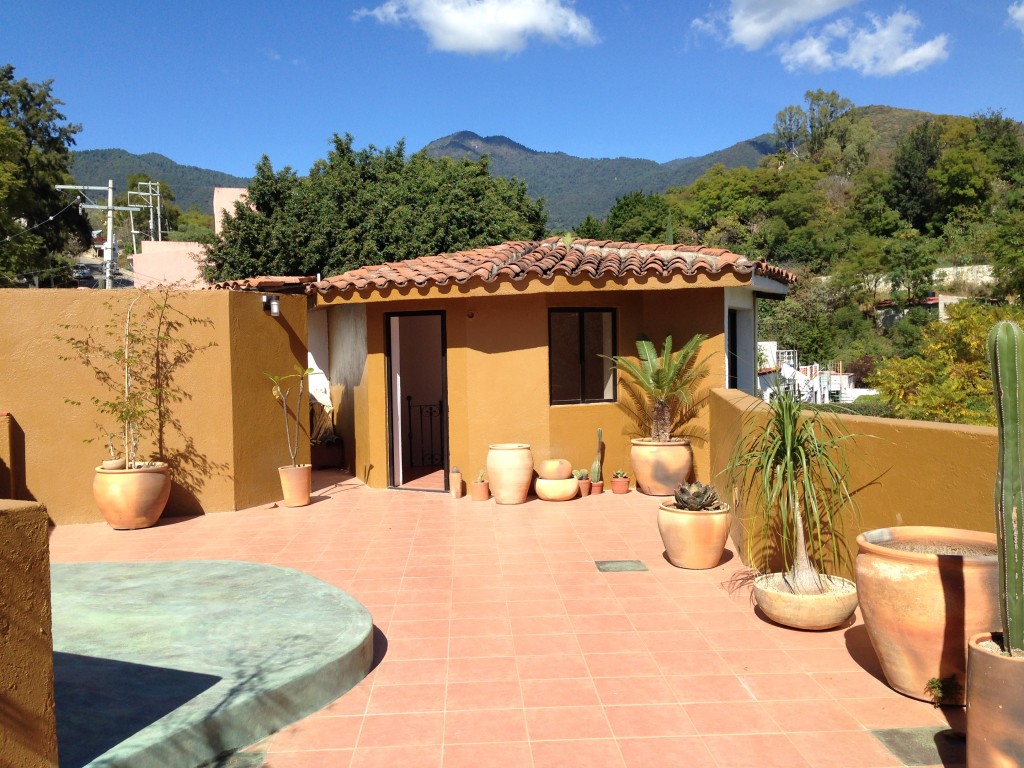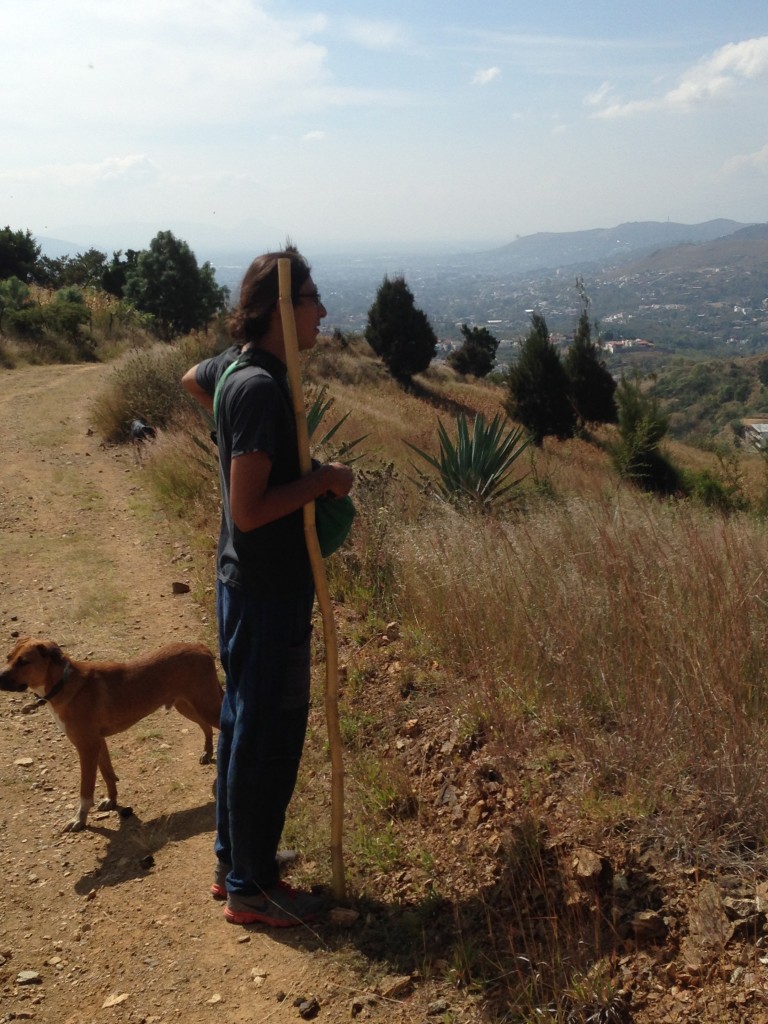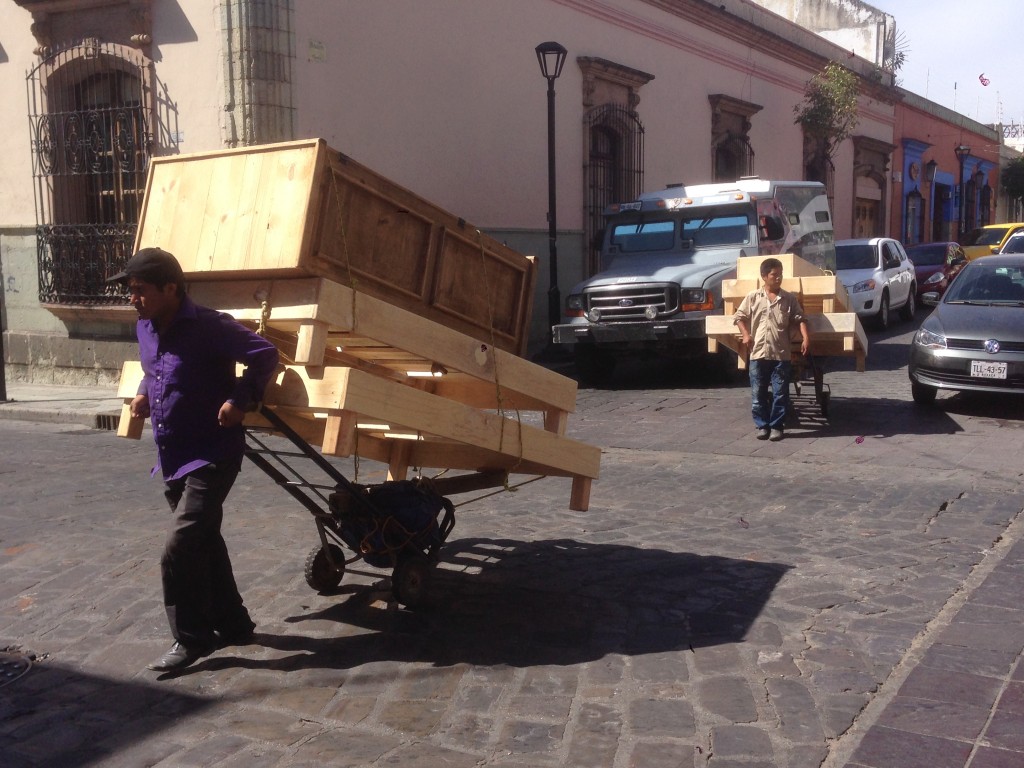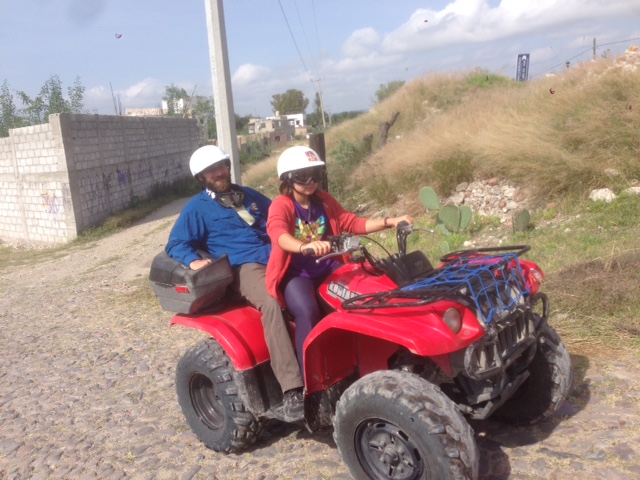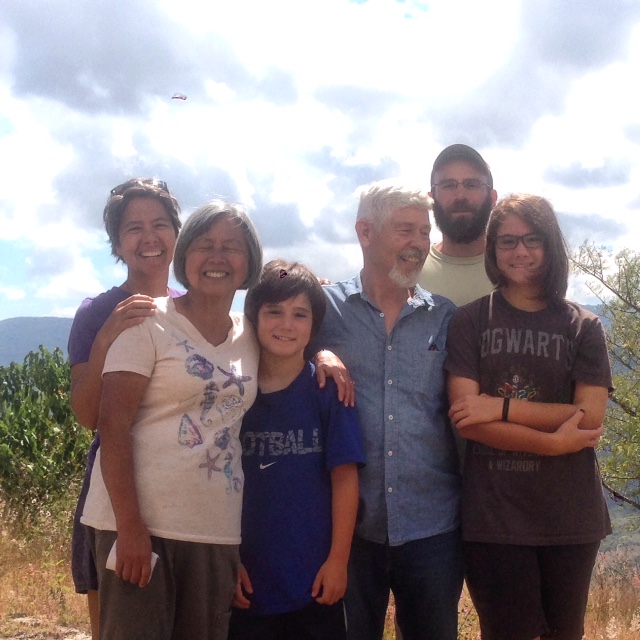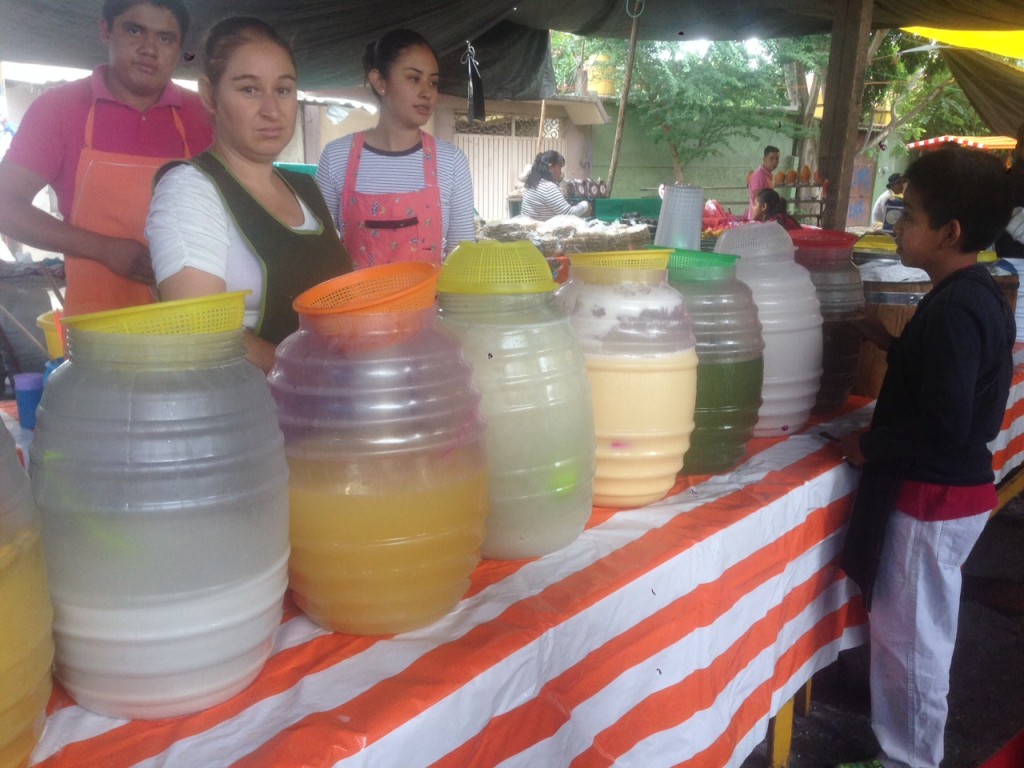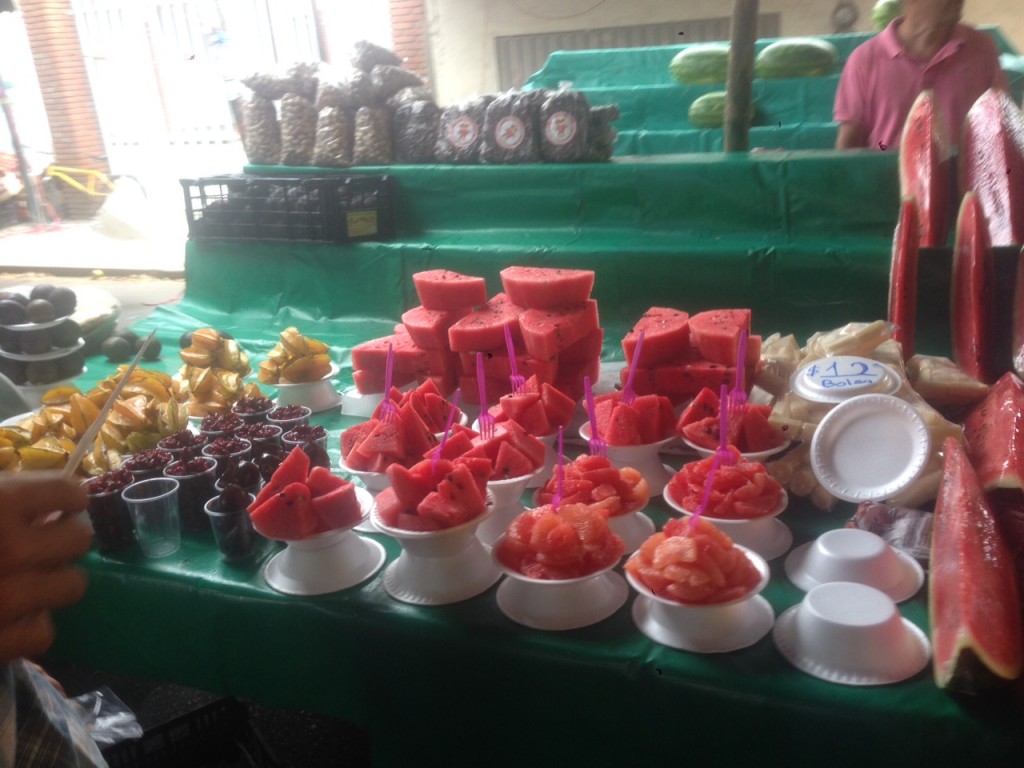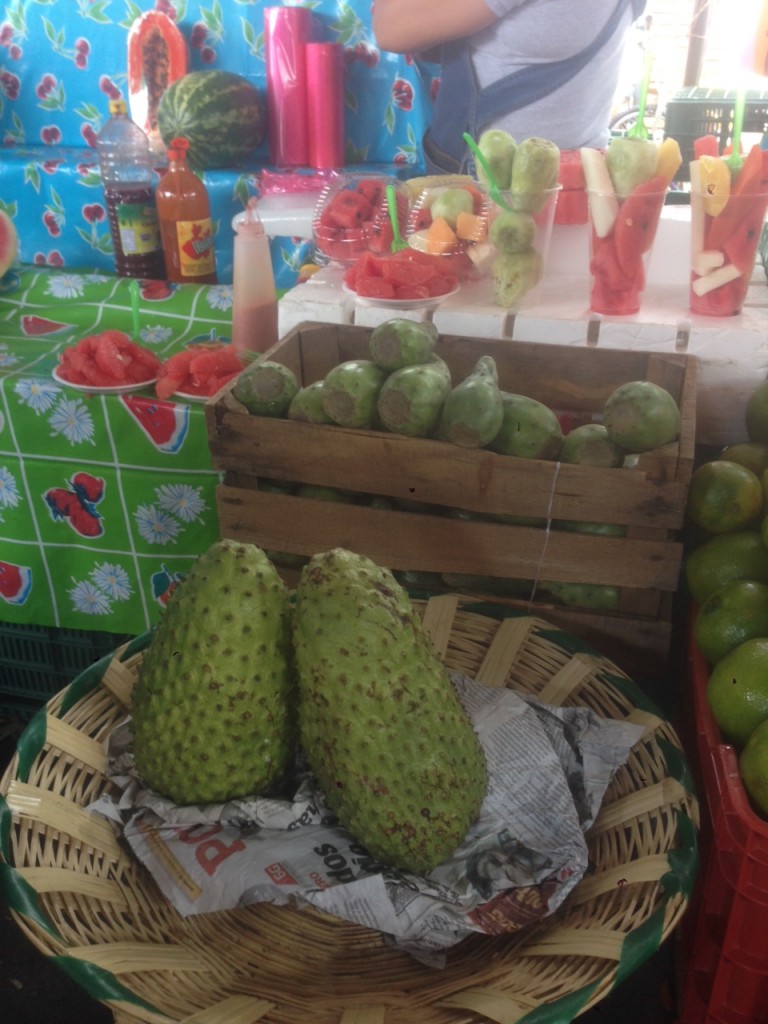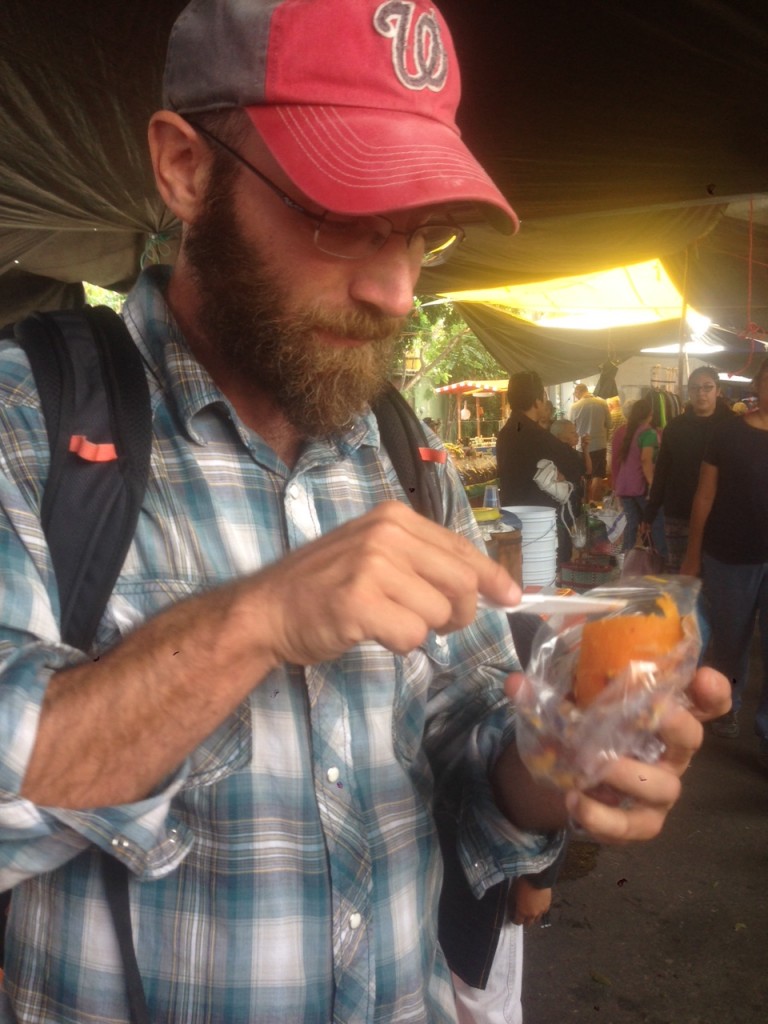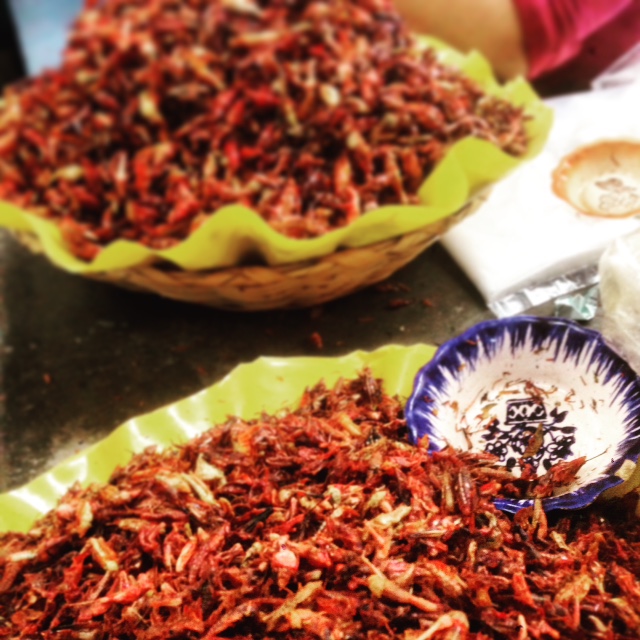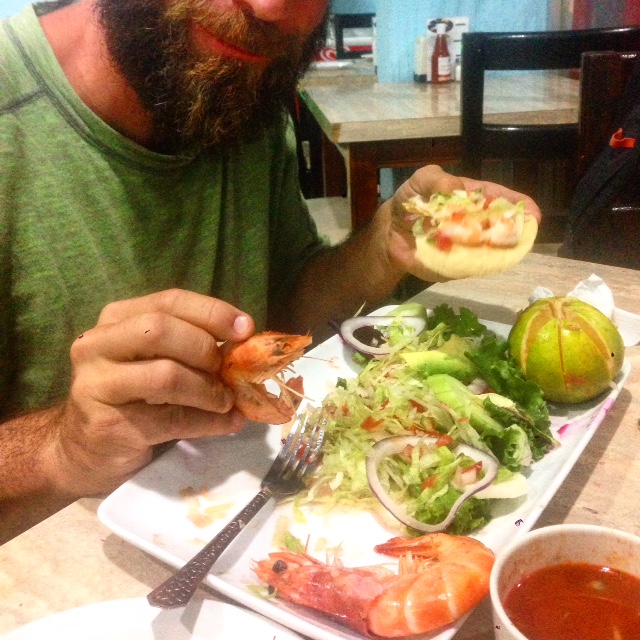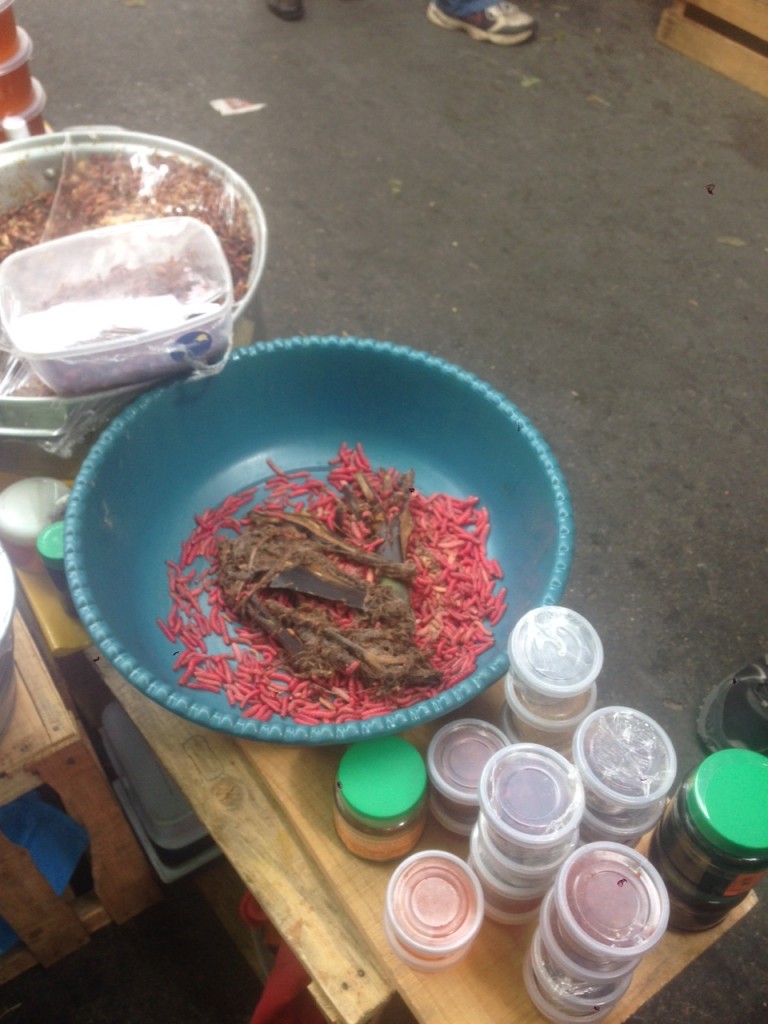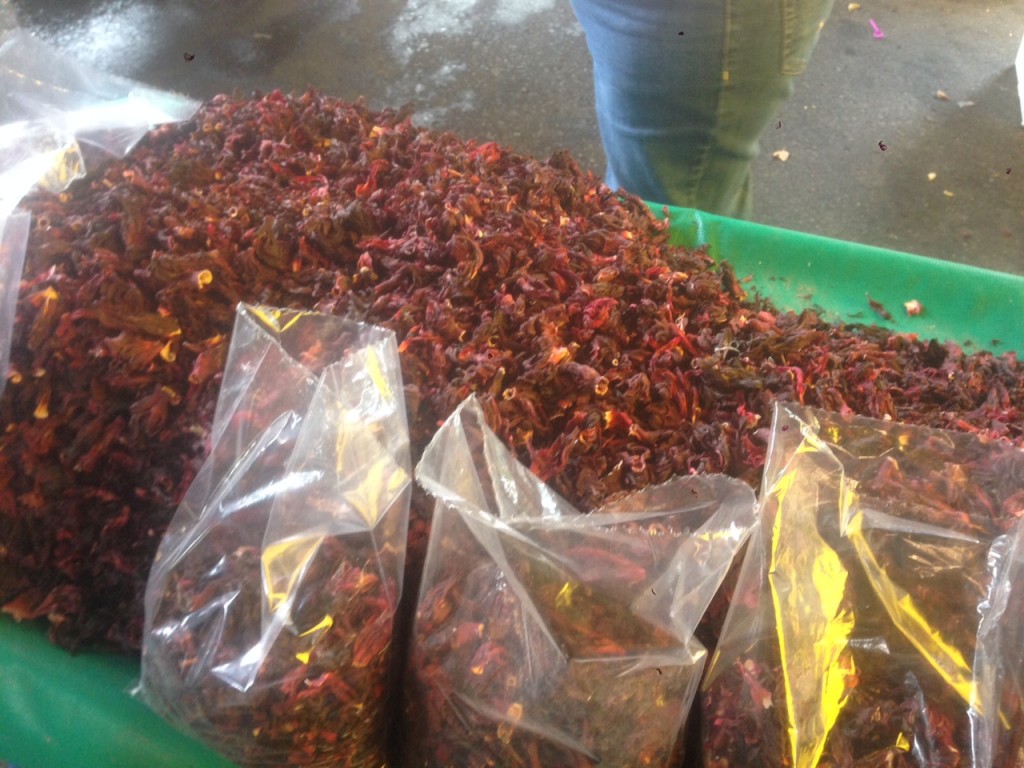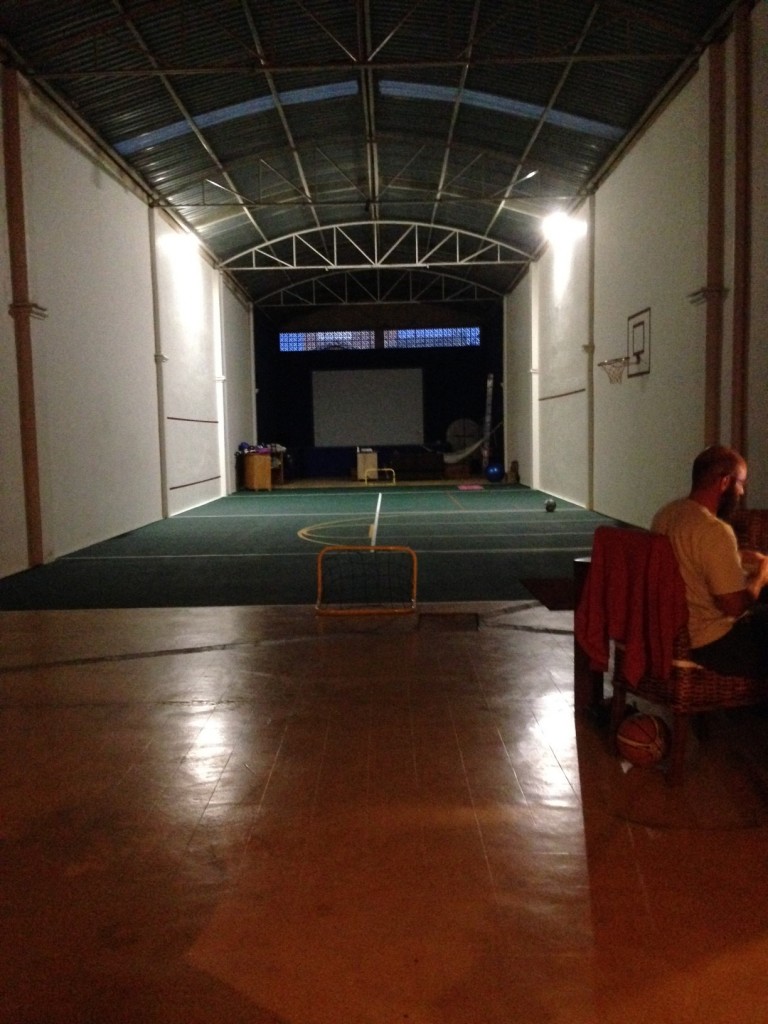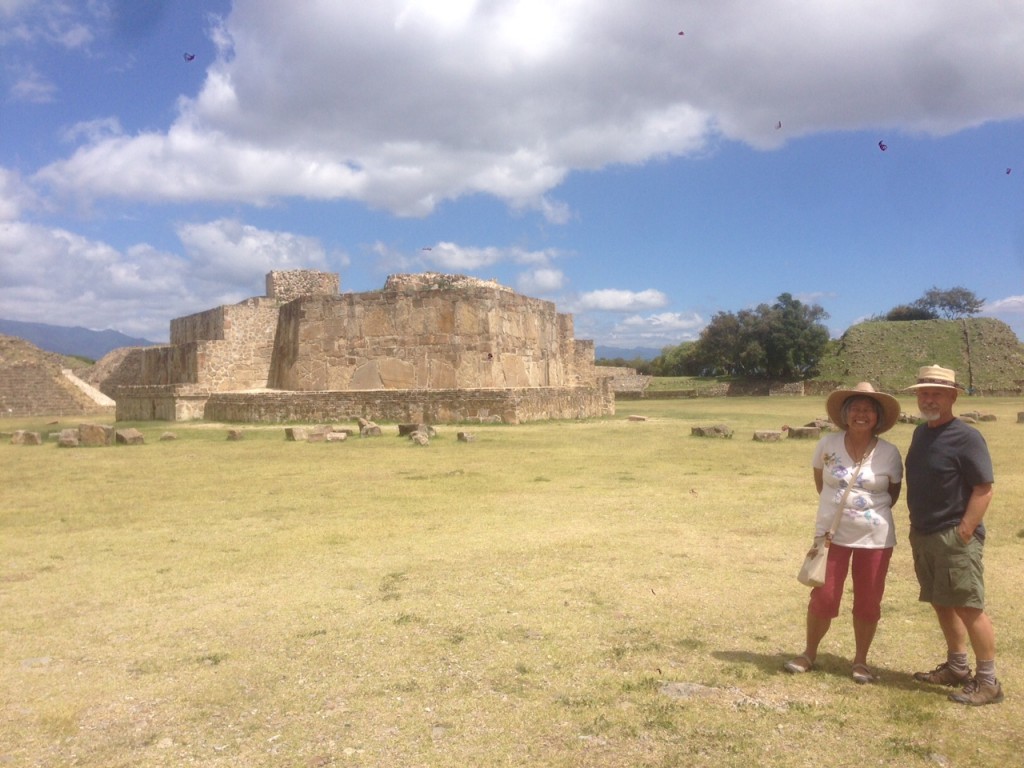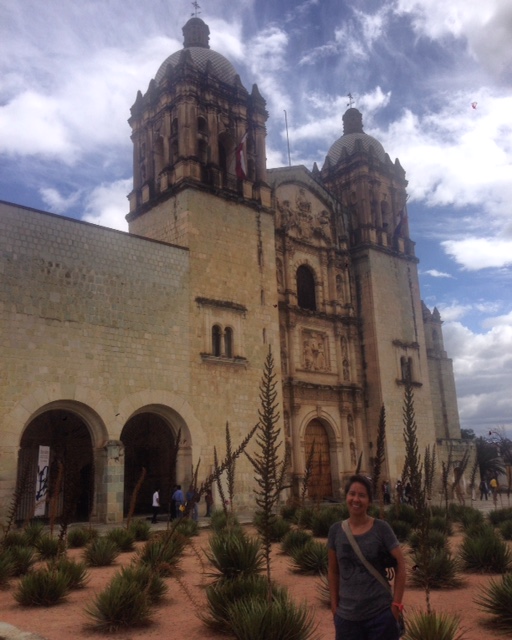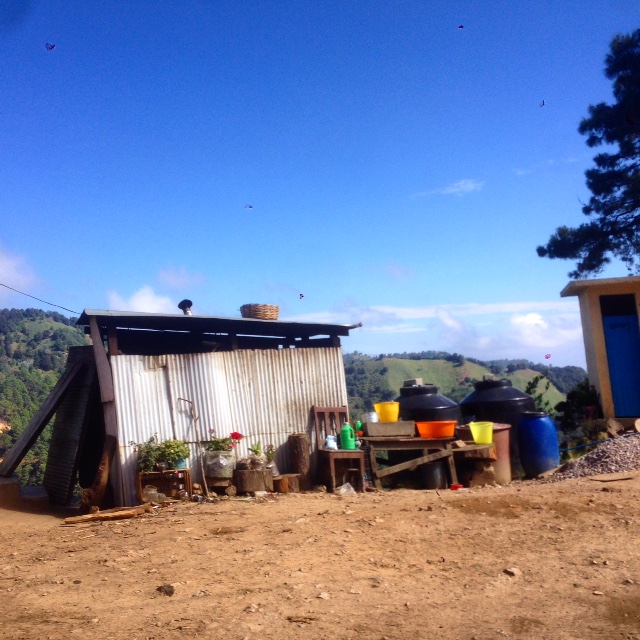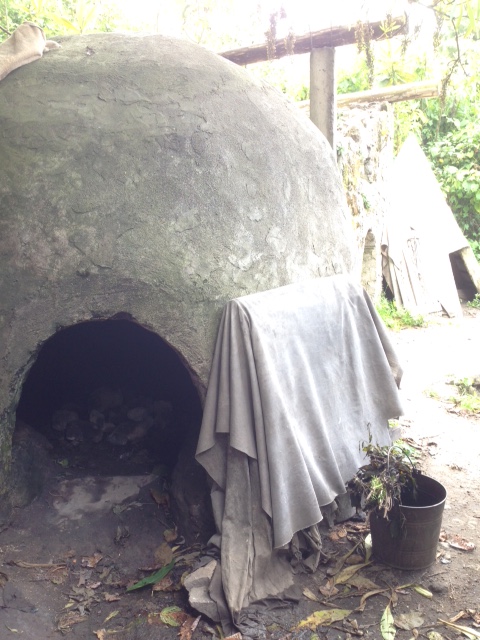You had to know it would come to this. As soon as you heard we were taking the year off and heading south - me not working, R not working, the kids not working - you had to know that at some point we would be asking for your money. That time has now arrived; we are asking for your money. It’s not what you think, though. We are not turning our palms up for ourselves. We are doing it for a ping pong table and the betterment of Oaxaca’s street children.
Before I explain that logical connection, let me say that Oaxaca is our favorite of the states we have visited in Mexico; it is also one of the poorest and evidence of this is everywhere. Due to rural isolation and lack of economic opportunity, and sometimes also because of safety issues stemming from political unrest in the countryside, many rural families move to Oaxaca City in search of a better life. Often, however, they do not have marketable skills and find themselves no better off than they were before. We have seen women playing rudimentary notes on an accordion for money, their children by their side, literally growing up in the streets. Many other women sell candy or cigarettes from wooden boxes worn like a flak jacket for a few pesos. Even the kids get into the act, selling handicrafts to tourists – on the job training and a vision of what their future holds.
-

- Hey Mister, want to buy a table runner?
The Centro de Esperanza Infantil (CEI)
Since we arrived in Oaxaca over a month ago, R and I have been putting in volunteer time at the Centro de Esperanza Infantil (CEI), which is dedicated to helping break this cycle of poverty by enrolling needy children in public school and providing them meals, medical care, school tuition, and extracurricular academic support, to help them reach their intellectual and creative potential and gain skills necessary to become successful and contributing members of Mexican society.
The CEI currently has over 600 children in its program and there are many more waiting for a sponsor to pledge $250 USD a year to pay for school tuition, supplies, and the uniform necessary to enroll the child in school.
The CEI is funded through donations made to a U.S. 501(c)(3) charitable organization called Oaxaca Street Children Grassroots. You can find the website here. There is good information on the website about the mission and history of the organization, explained much more eloquently than I could do it, since I’m mostly disposed to blogging beer jokes and witty observations of day-to-day life for a soon-to-be expat.
The stars align and the CEI is born
I did have the good fortune to be in Oaxaca at the same time as Cliff Hinderman, one of the founders of the CEI and a current member of the Mexican Board of Directors of the Center, and he told me an interesting story which I want to relate. In 1985, Cliff happened to be at a café table next to Jodi and Harold Bauman while they were discussing why a dirty young boy was peddling trinkets in the street instead of poring over textbooks in school. Cliff overheard the conversation and jumped in and the three of them decided that getting the boy an education would greatly improve his chances in life. A Mexican lawyer who was sitting next to Cliff overheard this conversation and offered to help get the boy’s paperwork in order. The stars, literally and figuratively, had aligned.
After locating and speaking with the boy’s mother, she couldn’t tell them when the boy was born, which was necessary to obtain a birth certificate for him. “At night,” she said when questioned. Imagine how old the boy would be if the team went with "night" as his birthday!
However, based on information the team was able to glean from the mother regarding what crop was being harvested at the time of the boy's birth, they hit on the birth month being December, and then picked a day. With birth certificate in hand, the required inoculations, and the right amount of tuition money, the boy was enrolled in school.
That’s how it started. The program has evolved over the years. When two CEI kids kept falling asleep in class because of malnourishment, meals were provided at the Center. Board members or other volunteers perform home visits to ensure that families are actually in need of financial assistance and are not driving new cars and watching big screen televisions. Other requirements were put in place to hold the students and families accountable. If a child fails to pass a subject, he or she must attend Saturday tutoring. Fail a grade and you are doomed to repeat it. Each family enrolled in the program has a yearly obligation to help out in the kitchen or with cleaning the Center. Nothing is free, so to speak, and the CEI does not provide any money directly to the families for their own subsistence. Instead, all the money a family receives is paid as reimbursement for a substantiated educational expense of the enrolled child.
CEI Success Stories
I was also privileged to meet Marilyn Horn, another long term volunteer with the CEI and current Vice President of the Board of Directors of Oaxaca Street Children Grassroots (the U.S. non-profit). Marilyn recently saw her sponsored child graduate from University with a teaching degree and earn enough money to buy his brother a Xerox machine to open a store in their hometown. She was in town to meet her new sponsored child, a shy young boy who kept burying his face in his mother's side as Marilyn spoke with him. Until her recent retirement, Marilyn was a high school Spanish teacher and her classes sponsored children through the CEI and visited Oaxaca.
Both Marilyn and Cliff are proud of the many success stories enabled by the CEI, including the 70 children from the program who have gone on to obtain professional degrees. As we sat in the lunchroom at the Center, Cliff would tell me something about each student who approached the counter: “That one is going to veterinary school” or “That one just came back from a month long English immersion at the University of Maine where she won a scholarship.”
Getting involved with CEI
There are five dedicated staff members at CEI headquarters in downtown Oaxaca, and a vibrant network of international and local volunteers who stop by to help out for a day or who may make a longer term commitment. One of the volunteers we met is a young German student, Paul, who has been here a year and it is special to see him interact with the children: helping them complete their homework, allowing them to hang on him like he were a jungle gym, and laughing with them over lunch. I am sure he is worn out each day when he goes home because the kids are constantly all over him, but he is always there with a smile. Other volunteers may come to provide skill workshops for the children - photography, for example - or perform mundane but important tasks for the Center, like document translation or filing.
Our Involvement with CEI
R’s and my volunteer work with CEI has not been taxing. We don’t have a schedule for which we are required to show up, but when we do show up, we play games with the kids (backgammon being a current favorite); we tutor the kids in English; and a few weeks ago, we took six of the kids to watch a movie at Brett and Renae’s warehouse. To remind you, we stayed with Brett and Renae earlier in our Oaxaca layover; they’ve converted a warehouse into their living space, but also into a basketball court, soccer field, tennis court, and movie theater. So, in addition to watching a movie, the kids had tacos dorado, pizza, and tumultuous fun on the ball fields.




Your Money and CEI
While planning for the day out, Peppo Marotta, the onsite volunteer coordinator at the CEI, expressed an interest in purchasing a ping pong table for the Center. This is where you come into the picture. As you can imagine, the CEI doesn’t have the budget to buy a table outright, so I came up with the idea to tap a few bucks from each of you to be designated specifically for this purchase.
Peppo has done the math and has targeted 13,000 pesos as the goal. This amount would go to purchase a quality table, paddles, and enough ping pong balls so that if one gets lost, the games can go on. At the recent exchange rate, $13,000 pesos is about $780 USD.

Now, you might be wondering what a ping pong table has to do with the mission of the CEI, and I’m not going to bullshit you with made up reasons. But, I did come up with this: as I described above, the CEI has some pretty strict rules on participation in the program, and when a kid shows up at the center, he or she needs to first complete his or her homework and be engaged in the positive vibe of the place before getting to do the more fun things on offer, like play ping pong, for example. If a kid is on the fence about coming to the Center because he or she knows that it’s work first, then play, but that kid really likes to play ping pong, the lure of having the table there might be what causes them to come in that day. The more days a child comes in, the more he or she is studying and learning. In other words, the ping pong table is one more tool the CEI can use to break the cycle of poverty.
Okay, I admit, it’s rather tenuous, but it’s all I’ve got. Look at it this way, even if the chances are one in a million that a kid who held a ping pong paddle as a youth at the CEI turns out to be a renowned doctor or social rights activist, that still gives the kid a chance, and that is all the CEI is offering these kids – a chance.
How to Contribute
If you would like to contribute any amount to the purchase of the ping pong table, you can go to the “Donations” link here, complete the online form, and specify in the “Other Information” box that the donation should be used for purchase of the ping pong table for the CEI.
I also encourage you to consider sponsorship of a child. The cost of a year-long sponsorship is $250 USD and there is a long list of children waiting for sponsors so they can get into the CEI program. You can exchange letters with your sponsored child during the year, and the CEI keeps you updated with annual reports on his or her progress. We’re looking forward to meeting our sponsored child next week.
